Programming in the Primary Grades
Programming in the Primary Grades
Beyond the Hour of Code
Sam Patterson
ROWMAN & LITTLEFIELD
Lanham Boulder New York London
Published by Rowman & Littlefield International, Ltd.
Unit A, Whitacre Mews, 2634 Stannary Street, London SE11 4AB
www.rowmaninternational.com
Rowman & Littlefield International, Ltd. is an affiliate of Rowman & Littlefield
4501 Forbes Boulevard, Suite 200, Lanham, Maryland 20706, USA
With additional offices in Boulder, New York, Toronto (Canada), and Plymouth (UK)
www.rowman.com
Copyright 2016 by Sam Patterson
All rights reserved . No part of this book may be reproduced in any form or by any electronic or mechanical means, including information storage and retrieval systems, without written permission from the publisher, except by a reviewer who may quote passages in a review.
British Library Cataloguing in Publication Data
Library of Congress Cataloging-in-Publication Data
Names: Patterson, Sam, author.
Title: Programming in the primary grades : beyond the hour of code / Sam Patterson.
Description: Lanham, Maryland : Rowman & Littlefield, 2016. | Includes bibliographical references and index.
Identifiers: LCCN 2015046138 (print) | LCCN 2016005893 (ebook) | ISBN 9781475825435 (cloth : alk. paper) | ISBN 9781475825442 (pbk. : alk. paper) | ISBN 9781475825459 (Electronic)
Subjects: LCSH: Education, PrimaryComputer-assisted instruction. | Computer programmingStudy and teaching (Primary)
Classification: LCC LB1028.5 .P327 2016 (print) | LCC LB1028.5 (ebook) | DDC 372.133/4dc23
LC record available at http://lccn.loc.gov/2015046138
 The paper used in this publication meets the minimum requirements of American National Standard for Information SciencesPermanence of Paper for Printed Library Materials, ANSI/NISO Z39.48-1992.
The paper used in this publication meets the minimum requirements of American National Standard for Information SciencesPermanence of Paper for Printed Library Materials, ANSI/NISO Z39.48-1992.
Printed in the United States of America
Contents
Roger Wagner
As one of the early programmers of the Apple II computer, and the first to write a book on how to program the Apple II in assembly language, I have a deep appreciation of the benefits of learning to code. When I began my own journey of discovery with computers, the only way to make the computer do what you imagined it could do was to yourself write the direct instructions that would make it do just that thing.
One of the great benefits when anyone, and in particular a young person, begins that journey for themselves is the discovery of exactly how the technology now around us everywhere actually does what it does. That for any task done by a computing device, whether it be a laptop, a mobile phone, or a quadcopter drone, at the heart of it all is code running something, written by a living person that imagined that process, and then brought it into being by writing the words and phrasing on a computer screen that made their imagination manifest.
As students take on the challenge of crafting their own programs that will give form to their imagination, they will also learnin fact cannot escape the learning, of patience and persistence and attention to detail. They will learn the concepts of flow, sequence, and conditional branching, along with mathematical operations, and that the design of the functions creates the outcome.
The computer processing the instructions of a program is immovable in its insistence of following exactly what the programmer has constructed, and when the instructions are incomplete or malformed, the end result just isnt achieved. There is a pragmatic achievement of goals, where as we say, crying wont make your program work.
Along the way, they will also learn about the importance of the quality of workmanship. A program that almost works often just doesnt work at all. Perfection is difficult to achieve, but the pursuit of it is a worthy challenge, achieved through the aforementioned patience, persistence, and attention to detail. Quality coding is an art form in itself, and recognized both academically and professionally.
One of my personal sayings is, clear in language, clear in thought, and nowhere is that more true than in coding. It is just not possible to write a computer program without having thought through what each line of the program is doing in its part toward the ultimate objective of the purpose of the program.
One does not learn these skills and benefit from the experience in just an hour, any more than writing a single poem in an hour in first grade would be a sufficient experience in writing and literature. The Hour of Code is intended to be the first introduction, the aha! moment for a student to realize that the computer can be controlled by what they write, and that they can be more than just consumers of technology. That they can actively control what is unquestionably the most powerful force in todays world.
It is what happens next after opening that door that Sam Pattersons book gives wings to. This book will help teachers at all levels of experience and confidence and is written by an experienced educator, reaching out to other elementary educators to help them use programming in a meaningful way.
The text assures teachers that they dont have to be a programmer to teach programming, by leveraging the use of classroom-ready tools currently available that are designed to provide a low threshold to entry while still delivering high-engagement teaching. Sam Pattersons years of unique experience in the classroom with mathematics, robotics, literature, photography, and makerspaces will give you a perspective and working strategy to ensure your success as you introduce your students to the concepts of programming.
Congratulations on taking this next step beyond the Hour of Code to bring to your students the many gifts offered by exploring the world of programming and coding!

Roger Wagner
Creator and Designer, HyperStudio
Inventor of the HyperDuino
Author of Assembly Lines: The Book , the first book on
how to program the Apple II in assembly language-1981
Thank you for joining me on this journey. When I began teaching elementary technology class three years ago, I was really lucky to join a team of awesome teachers. Together, we have been figuring out the best uses for technology and programming in grades K-5. At the beginning, none of us knew anything about programming.
If you are willing to learn as you go, there are many amazing things programming in class can make available to you. As you read this text, think about how this could work in your context.
What lessons do you need to make more engaging? Where is your learning stopping before it gets to the more conceptual level? These are the problems you should have in the back of your mind as you read this text.
When we build amazing learning experiences and set appropriate goals, our students can learn an incredible amount about the world and themselves, as they play in class.
This book is designed to get teachers energized and empowered to use programming as a mode of instruction outside of technology class. Grade level teachers working with a technology coach developed the lessons described in this book. The tips and tricks come straight out of their classrooms.
The first chapters make the argument for programming as a mode of learning, and then the book really begins to describe specific lessons and modes of programming. Chapters three through seven are a survey of popular programming platforms and a discussion of the learning they support.
The final third of the book is dedicated to discussing what programming to learn looks like for lessons focusing on social skills, STEM learning, and literacy.
Next page
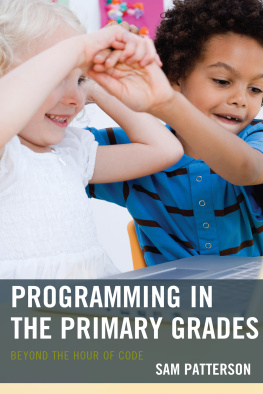


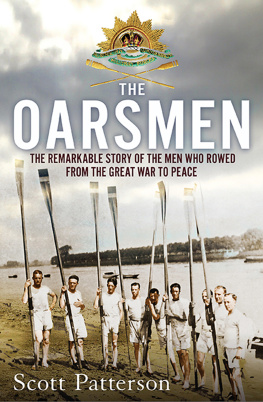

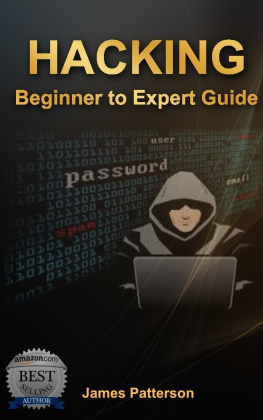


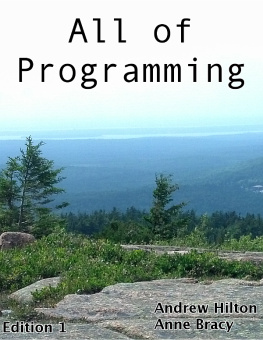
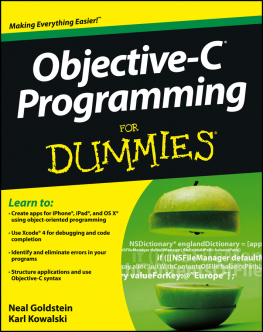
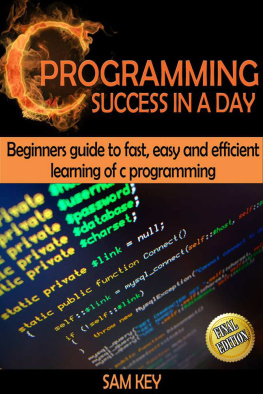
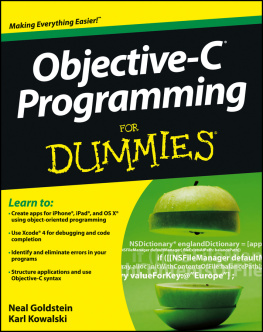

 The paper used in this publication meets the minimum requirements of American National Standard for Information SciencesPermanence of Paper for Printed Library Materials, ANSI/NISO Z39.48-1992.
The paper used in this publication meets the minimum requirements of American National Standard for Information SciencesPermanence of Paper for Printed Library Materials, ANSI/NISO Z39.48-1992.